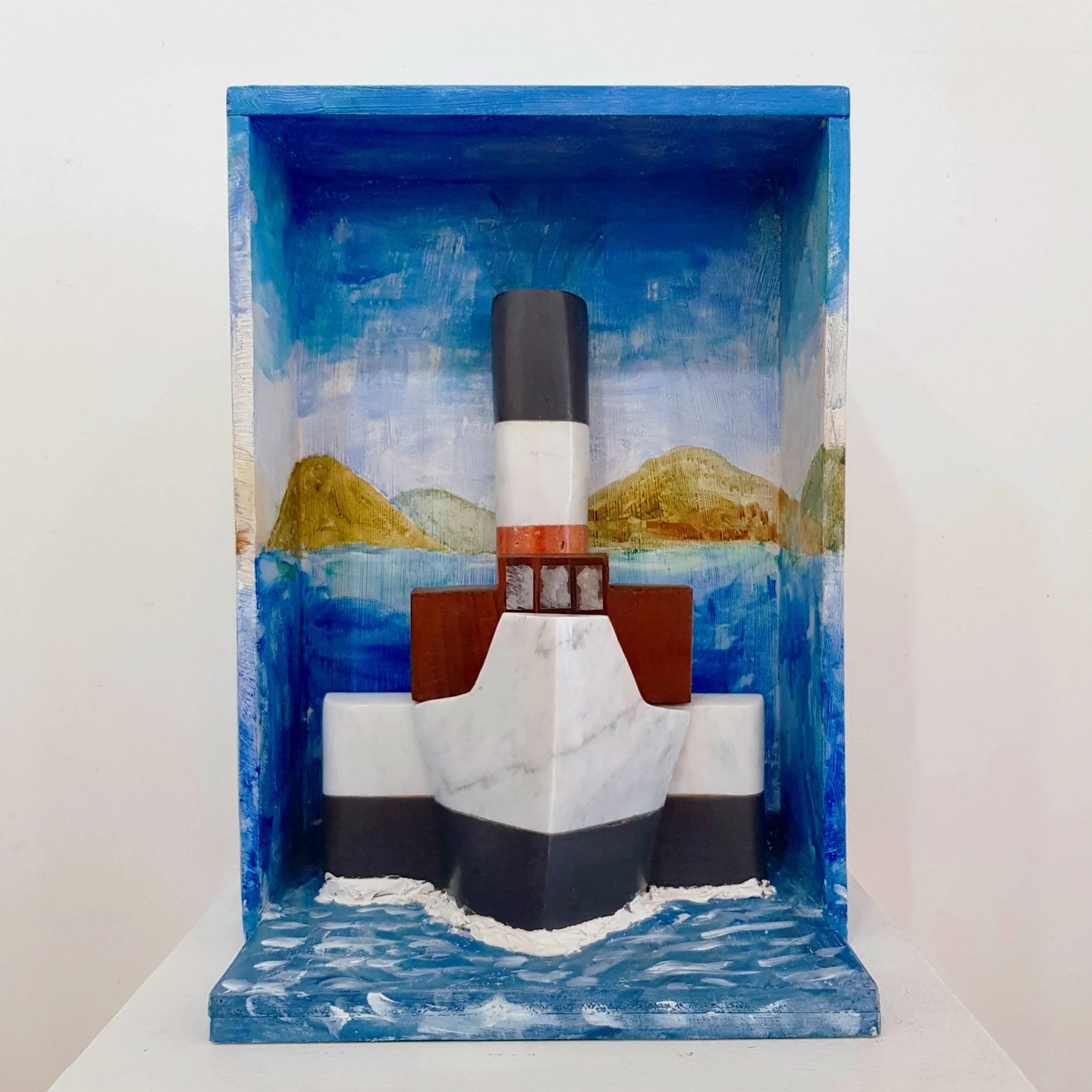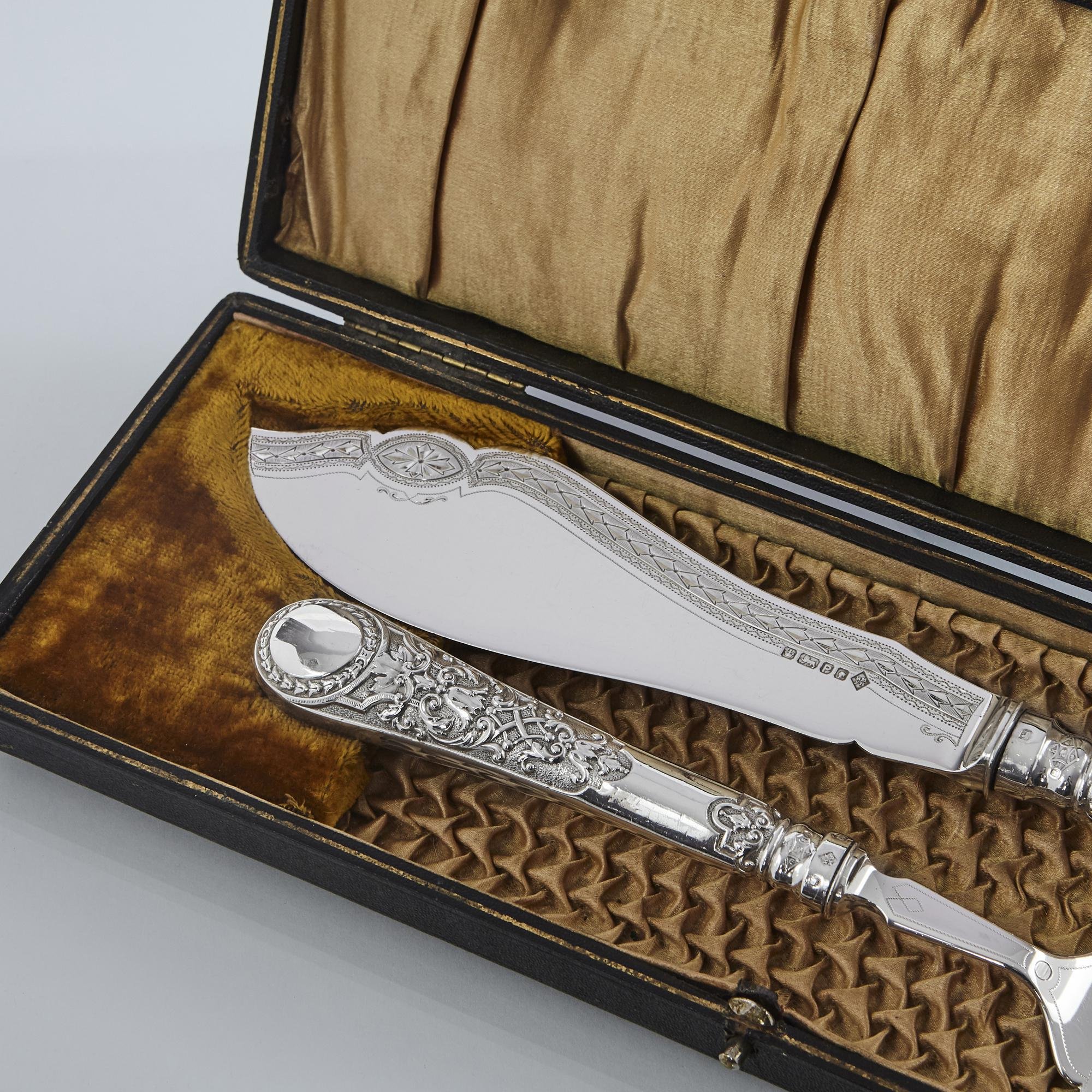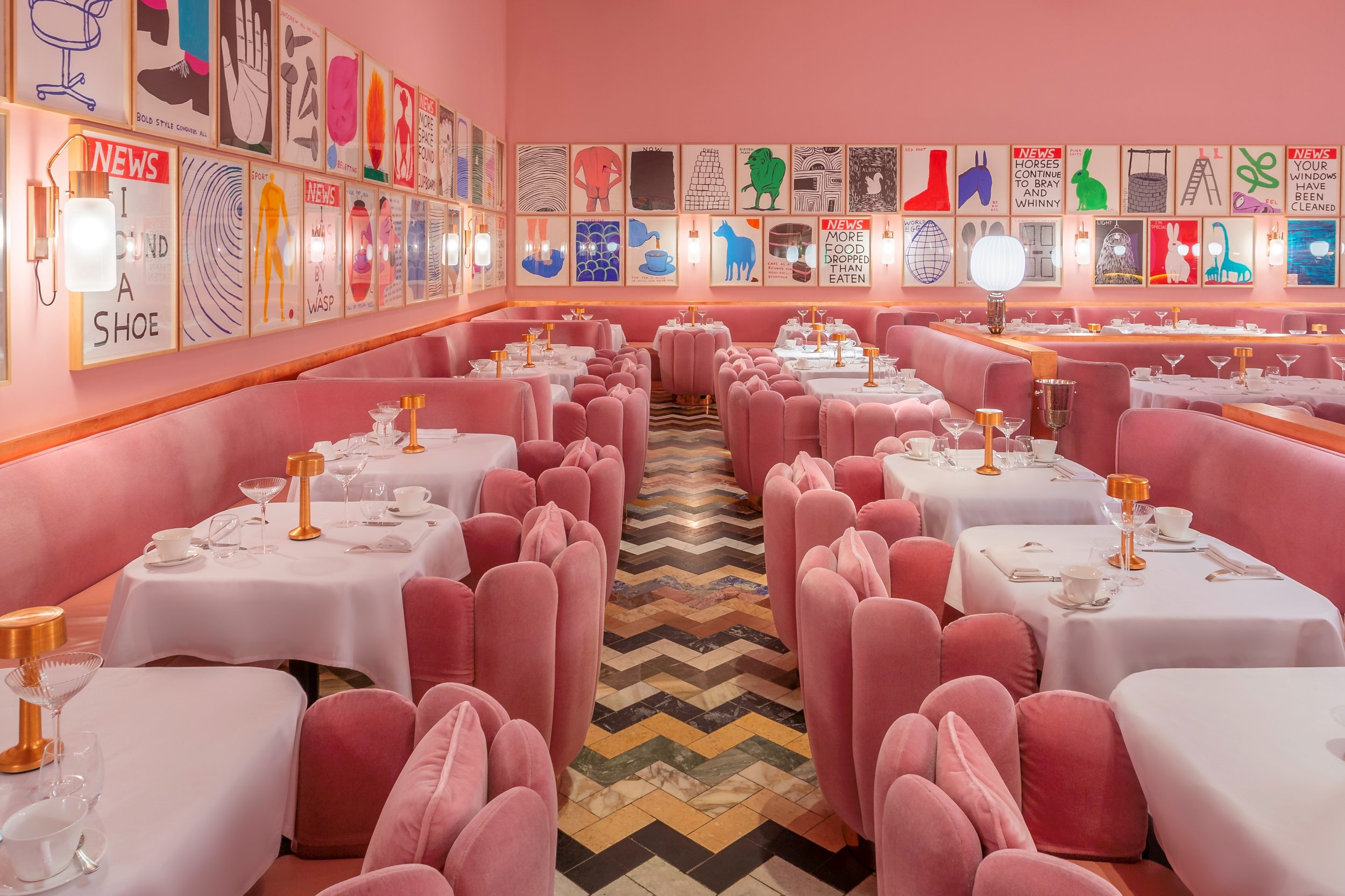Contemporary Religious Art
22 July 2022
What does religion have to offer as subject matter for contemporary art?
Fergus Butler Gallie
The Reverend Fergus Butler-Gallie is a clergyman and the author of A Field Guide to the English Clergy, a Best Book of the Year for The Times, Mail on Sunday and BBC History.
Preconceptions are strange things, aren’t they? If I say ‘I’m interested in religious art’, doubtless your mind leaps to the works of Titian, Michelangelo or Veronese. We hive it off as a past genre, as something that, presumably, nobody really produces anymore. But, in truth, religion hasn’t gone away- in fact it’s more present than ever- and nor has art. As a result, despite our misconceptions, there is a booming market in contemporary religious art, both in terms of new commissions by places of worship and in terms of collectors seeking to buy.
There is, of course, an inbuilt dichotomy in religious art itself- namely between that which is art made specifically for religious devotion and that which represents an artist addressing a religious subject. For many believers it’s a false dichotomy; devotion or meditation on religious matters can be provoked by even explicitly secular art. It would, after all, be strange to worship a God whose purposes and actions were limited by the categorisations of an auction catalogue.
Perhaps the most famous example of a contemporary artist addressing a religious theme in their painting is Dali’s Christ of St John of the Cross. It’s also an example of the supposed tension between contemporary art and traditional religious- and in particular Christian- subjects. Dali attracted considerable criticism for addressing what was critics thought to be a ‘kitsch’ theme in such a traditional medium. Indeed, such was its initial unpopularity that the Corporation of Glasgow managed to acquire it for about two-thirds of its original asking price of £12,000. It proved to be a sensible investment- it’s now the most visited piece in the city’s Kelvingrove museum and was voted ‘Scotland’s Favourite Painting’ in 2006.
The idea that religious subjects must be addressed using traditional medium is a pervasive one. Mark Wallinger’s Ecce Homo drew on traditional sculpture as well as the influence of Rembrandt in order to make a mark on the fourth plinth in Trafalgar Square. In the world of sales, often contemporary works inspired by traditional artistic tropes fetch some impressive sums. The influence of Michelangelo’s Pieta is evident in Joachim van der Klugt’s 2015 work The Samaritan, which has an asking price of over £7,000.
Andres Serrano, Immersion (Piss Christ), 1987. Cibachrome print face-mounted on Plexiglass.
Number four of the edition of ten was sold by Christie’s in 2008 for $277,000.
Yet, for all the continued prevalence of traditional forms, there is a strong abstract streak in much contemporary religious art. Take, for instance, the work of Maha Rukab, a Palestinian Christian artist who often takes direct inspiration from Bible quotes- such as Matthew 5:16- to inspire her abstract acrylic work which often fetches four figure sums at auction. Of course, some of the world’s major religions prohibit depictions of the human form, necessarily lending themselves to abstract works of art. The Saleha Gallery specialises in contemporary Islamic abstract art, with paintings inspired by passages from the Qur’an.
Some contemporary art that engages with religion goes beyond the abstract. There is, of course, the genre- now a little tired, it has to be said- of ‘transgressive’ religious art. Andres Serrano’s infamous Piss Christ photograph realised a sale price of $277,000 when sold at Christie’s in 2008. Despite the iconoclastic nature of the piece, it would be impossible to deny the role of religion in its inspiration. Indeed, in affirming the beliefs (one might say prejudices) of its audience and making a statement about the role and relative position of God to the artist, perhaps we might justifiably call Serrano’s work a religious one.
Even without that leap, there can be no denying that the preconceptions about what constitutes ‘religious art’ are changing all the time. Modern religious art is necessarily at the forefront of those changes in perception and buyers are still happy to back those innovations with cold hard cash. The Church is no longer the largest sponsor of artistic creativity, but religion remains a major source of inspiration for many artists and churches and other places of worship still commission and host art of all form. Take London’s oldest surviving church building, St Bartholomew the Great; the Norman nave hosts, inter alia, Exquisite Pain by Damien Hirst, Golgotha by Richard Harrison and Madonna and Child by Alfredo Roldán.
Despite our preconceptions about its presence in the past, the world of contemporary religious art is a busy one. In truth, regardless of preconceived ideals of form- as long as humanity seeks to answer questions about beauty and truth, there will be religion and there will be art, of all types, as well.































